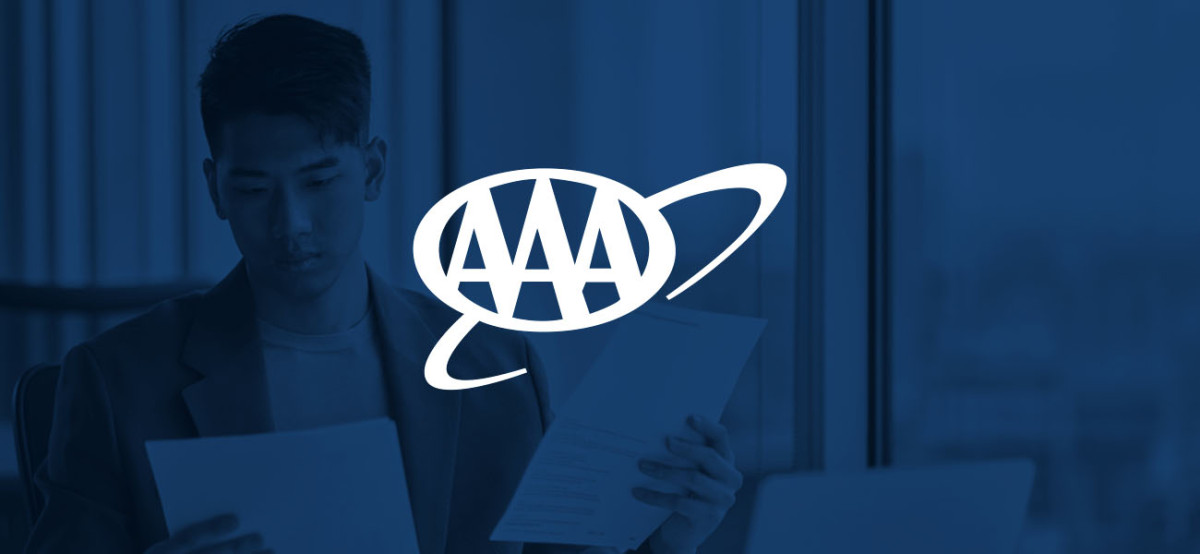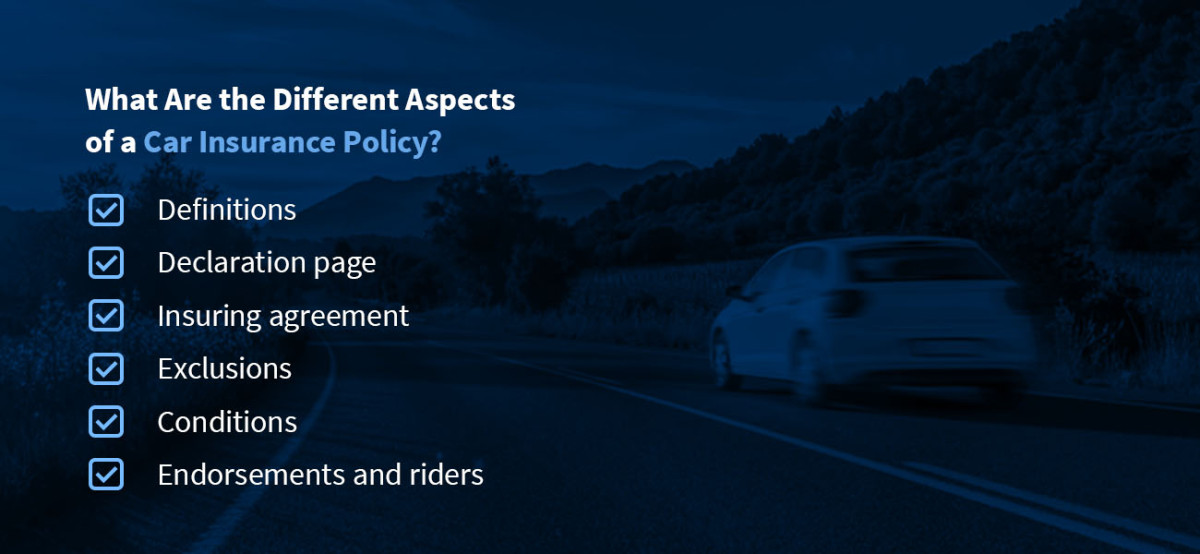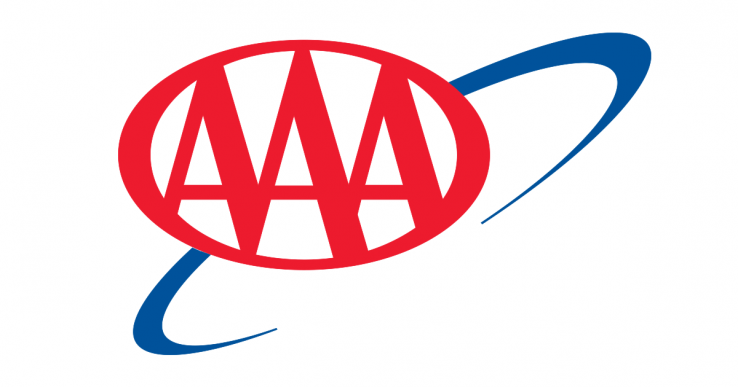
Before purchasing insurance, you should know what to consider when comparing available auto insurance policies. Understanding how to get the best price for your insurance coverage is also advisable. Once you have your policy, you must know how to read insurance coverage and understand the various components.
Being aware of what your policy entails ensures you have the right coverage for your needs and allows you to drive confidently, knowing you are covered should something occur.
Read the full article or jump to a specific section:
- Basics of Insurance
- What Are the Different Aspects of a Car Insurance Policy?
- How to Read a Car Insurance Policy
- The Importance of Getting Quality Insurance
- Get Quality Insurance With AAA Central Penn
Basics of Insurance
Car insurance is a contract between you and your insurance company. It will help protect you against financial loss in the event of a car accident or theft and if injury is involved. You pay a monthly insurance premium for your vehicle, and the insurer agrees to pay for the losses outlined in your policy if you file an allowed claim.
Because some incidents are excluded, knowing how to read a car insurance policy is crucial. Additionally, before acquiring insurance, you should be aware of factors that can impact your premium costs.
The Different Types of Auto-Insurance
There are different types of vehicle insurance, and it is best to know which of the following common types you are covered for:
- Liability insurance: This is required by law in Pennsylvania, and a certain level of coverage is needed. It helps cover injuries or damage you cause to others' property during an accident.
- Collison insurance: This pays to repair damage to your car resulting from a collision with another vehicle or object. A lender usually requires this insurance if you have a loan on the car.
- Comprehensive insurance: This covers repairs to your car from any non-collision events, such as theft, fire, and natural or weather-related incidents. Some lenders may require this.
- Personal injury protection (PIP): Pennsylvania is a no-fault state, so you must have PIP, which covers any medical expenses for you and others in the vehicle, regardless of which driver was at fault.
- Uninsured or underinsured motorist coverage: This protects you if you are involved in an accident with someone with insufficient insurance. In Pennsylvania, it is not required by law, but it is a good idea to consider including it in your package.
What Are the Different Aspects of a Car Insurance Policy?
A car insurance policy can include several varying sections depending on your policy, but most typically include at least the following components:

- Definitions: This page clarifies the legal terms used throughout the policy document.
- Declaration page: This summarizes the policyholder information, coverage limits and premium amounts.
- Insuring agreement: This part outlines the insurer's promise to pay for the covered losses.
- Exclusions: This section lists the situations and types of damage not covered by the policy.
- Conditions: This specifies the policyholder's responsibilities and any conditions for your coverage.
- Endorsements and riders: These are the additional provisions that modify and add to the standard coverage.
How to Read a Car Insurance Policy
Understanding car insurance coverage may initially seem daunting. However, breaking it down into manageable sections makes it much easier. The following sections will help you navigate the key components, ensuring you know what each part means and how it affects your coverage.
1. Understanding the Definitions Section
A car insurance policy's definitions section helps clarify the specific meaning of the terms used throughout the document. This section aims to avoid ambiguity in the language used and helps the policyholder understand precisely what is conveyed and covered. It will typically include terms such as:
- Insured
- Policy period
- Premium
When you review this section, look for any particular terms that are unfamiliar to you or that seem crucial to your coverage. Understanding these definitions is essential in helping you interpret the rest of the policy accurately. If anything needs to be clarified, speak with your insurer and ask them for an explanation.
2. Being Aware of What Is in the Declaration Page
The Declaration Page, sometimes called the Dec Page, summarizes your insurance policy. This makes it one of the most important pages to understand initially. It will include essential information such as the following:
- Policyholder's name
- Vehicle details
- Coverage limits
- Deductibles
- Premium amounts
The Declaration Page is a brief overview or snapshot of your coverage. When examining the Declaration Page, ensure all your personal and vehicle information is correct. Also, verify that the coverage limits and deductibles match what you agreed to with your insurance provider. If you find any discrepancies, address them immediately.
3. Looking at the Insuring Agreement
The Insuring Agreement outlines the insurer's promise to pay for the covered losses. It also specifies what types of damage and incidents your policy covers. This section is the core of your insurance agreement, as it details the scope of the provided coverage.
When delving into the Insuring Agreement, be sure to pay close attention to the types of coverage included. These may include liability, collision and comprehensive. Comprehending this section will help you know what protections you have. It also outlines the circumstances under which the insurance company will pay claims.
4. Considering the Exclusions in Auto Insurance Policies
Exclusions are specific situations or conditions under which your insurance policy does not cover you. This section is crucial because it outlines the limitations of your coverage, which are key points to be aware of. Standard exclusions may include:
- Intentional damage
- Wear and tear
- Use of your car for commercial purposes
- Mechanical failure
- Accidents due to illegal activities
When you review the Exclusions section, note any scenarios that might apply to your driving habits or vehicle use. Knowing these exclusions helps you understand the boundaries of your coverage and avoid situations where you might not be protected.
5. Knowing the Insurance Policy Conditions
The Conditions section specifies the obligations of both the insurer and the policyholder. It includes the requirements for:
- Filing a claim
- Maintaining the vehicle
- Reporting changes in circumstances
Ultimately, this section ensures that both parties understand their responsibilities. When looking at the Conditions section, pay attention to details on how to file a claim properly, what to do in case of an accident and any maintenance requirements for your vehicle. Adhering to these conditions maintains your coverage and helps your insurer process claims smoothly.
6. Being Aware of Endorsements and Riders
Endorsements and Riders are additional provisions that add to and modify the standard coverage of your policy. They can add, change or even remove coverage options to suit your insurance needs better. Common endorsements might include:
- Roadside assistance
- Rental car coverage
- Custom equipment coverage
When you review this section, identify any endorsements that have been added to your policy and ensure you understand how they change your coverage. These modifications can provide extra protection tailored to your needs. Be sure you understand what is included and how it affects your overall policy.
The Importance of Getting Quality Insurance
Choosing quality car insurance is crucial for protecting yourself financially in the event of an accident, theft or other covered issue. A well-suited policy ensures adequate coverage for your specific needs, helping to provide peace of mind.
Also, ensure your policy meets Pennsylvania state laws, which require at least liability coverage.
Quality insurance covers potential damage and medical expenses and helps you avoid legal issues and financial strain. You can drive confidently and securely by carefully selecting a policy that aligns with your needs and complies with state laws.
Get Quality Insurance With AAA Central Penn

At AAA Central Penn, we understand you want to be prepared for the future. Although accidents or vehicle damage are unpleasant, it is better to have AAA Auto Insurance that covers the basic requirements and much more. Some additional insurance options include complete coverage, collision insurance and rental car reimbursement.
We are in the business of giving drivers peace of mind, and adding a AAA Central Penn Membership can help you feel prepared. Having these exceptional services will keep you covered for any unforeseen events.

